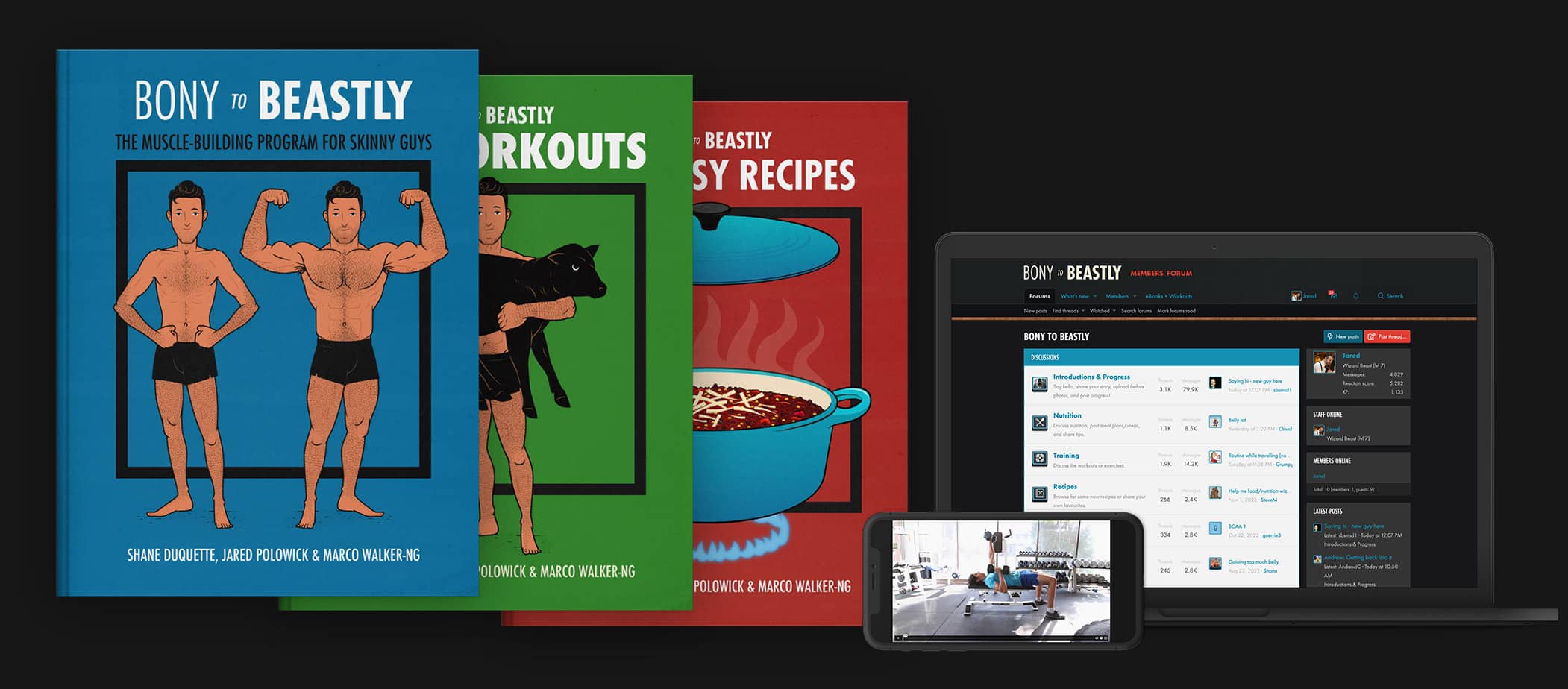Body-Fat Percentage Calculator
Using the Navy Method
How the Calculator Works
The Navy Tape Measure Method was developed by Dr. Hodgdon and Dr. Beckett for the U.S. Navy. It's popular because of how easy it is. All you need is measuring tape and a bathroom scale. Some bathroom scales have a built-in bioelectrical impedance analysis (BIA), but the Navy Method is more accurate.
The other advantage of the Navy Method is that it does a reasonably good job of differentiating between muscle and fat. You don't need to be in good shape to use it, but as you build muscle and/or lose fat, it should do a good job of recognizing your progress. BIA bathroom scales are terrible for that.
- Your waist measurement is a proxy for body fat. The thicker your waist, the higher your body fat percentage. A thicker waist is also associated with poorer health, especially if it climbs over 40 inches (100 cm). Gaining muscle in your abs, obliques, and lower back muscles will also increase your waist size, but that's good. This calculator is built for the Navy. These people tend to be muscular.
- Your neck measurement is used as a proxy for muscle mass. If you have a thick neck and a thick waist, you're probably overweight. If you have a thin neck and a small waist, you're probably thin. If you have a thick neck and a small waist, you're probably muscular. This can backfire if you bulk up without training your neck, giving you a proportionally thin neck.
- Hip measurements are only used for women. Women tend to store less fat in their stomachs and more in their thighs and hips. The calculator takes that into account.
The more unusual your build, the less accurate the calculator will be. Some people are born with thicker waists. Some naturally skinny guys (like me) have unusually thin necks until they train them.
This calculator should get you within 3–4% of your true body-fat percentage, but it won't always. Even fancier methods like DEXA can be off by as much as 8% in rare cases.
The Best Ways to Estimate Body Fat
There are a few different ways to estimate your body fat percentage:
- The 4-Compartment (4C) model is what researchers use. It combines several different methods. It isn't available to regular people, and it's overkill anyway.
- DEXA is the best way the average person can measure their body fat. However, it's expensive and inconvenient, and it doesn't work well on everyone.
- BodPod and hydrostatic weighing are nearly as good as DEXA, but they're similarly expensive and even more inconvenient.
- BIA scales vary in quality, but the 2-point ones you use at home are easily confused by changes in muscle mass. Building muscle shows up as fat gain. Losing muscle shows up as fat loss. Don't trust them.
- Skinfold callipers are great for tracking body fat changes at home. They don't measure the visceral fat underneath your muscles, which is the type of fat that impacts your health, but they can still be great for measuring progress. The downside is that you need to buy callipers, learn how to use them, and then spend quite a lot of time fiddling with measurements and formulas.
- The Navy Method is simple and easy. All you need is a measuring tape. It's the most accurate of the at-home methods. It also works well for people who exercise and lift weights.
If you're estimating your body-fat percentage to get an idea of how many calories you should eat while bulking, cutting, or recomping, the Navy Method is more than accurate enough.
If you're tracking your calories with the MacroFactor app, it uses a visual method of estimating your body-fat percentage. That's perfectly fine, too. Anything that gets you within 5% of your true body-fat percentage is close enough.
Muscle-Building Mini-Course via Email
Sign up for our 5-part muscle-building mini-course that covers everything you need to know about:
- Hardgainer genetics and how to make the most of them.
- How to take a minimalist approach to building muscle while still getting great results.
- What you need to know about aesthetics, health and strength while muscling up.
How to Track Body Fat Changes
The Bony to Beastly Program
If you want a full muscle-building program, including a 5-month workout routine, a bulking diet guide, a gain-easy recipe book, and online coaching, check out our Bony to Beastly Bulking Program. Or, if you want a customizable intermediate bulking program, check out our Outlift Program.
Alright, that’s it for now. If you made it this deep into the article, you might like our newsletter.

